Welcome to the enchanting world of Dutch home decor! As someone who has spent significant time exploring various styles of interior design, I can confidently say that Dutch decor stands out for its unique blend of simplicity, functionality, and charm. In this article, we’ll embark on a journey to explore the key elements of Dutch home decor, provide you with practical tips, and share personal anecdotes to help you transform your home into a cozy Dutch haven.
Understanding Dutch Home Decor
Dutch home decor is characterized by its clean lines, minimalism, and an emphasis on comfort. It draws inspiration from the rich history of the Netherlands, incorporating elements of traditional craftsmanship and modern design. But what exactly makes Dutch decor so special? Let’s delve into the essentials.
Key Characteristics of Dutch Home Decor
- Neutral Color Palettes: Think soft whites, beiges, and greys, often complemented by bold accents.
- Natural Materials: Wood, leather, and natural textiles play a significant role in creating warmth.
- Functional Furniture: Pieces are designed with purpose, often multi-functional.
- Light and Airy Spaces: Large windows and open layouts maximize natural light.

Popular Dutch Home Decor Styles
In the realm of Dutch home decor, various styles emerge, each with its unique flair. Let’s explore some of the most popular styles that can inspire your decor:
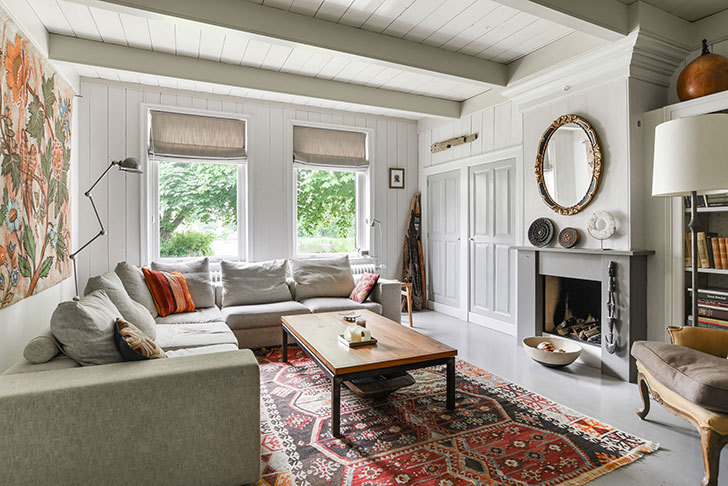
1. Traditional Dutch Style
This style is rooted in history and often features classic Dutch elements like wooden beams, tiled floors, and antique furnishings. It conveys a sense of nostalgia.
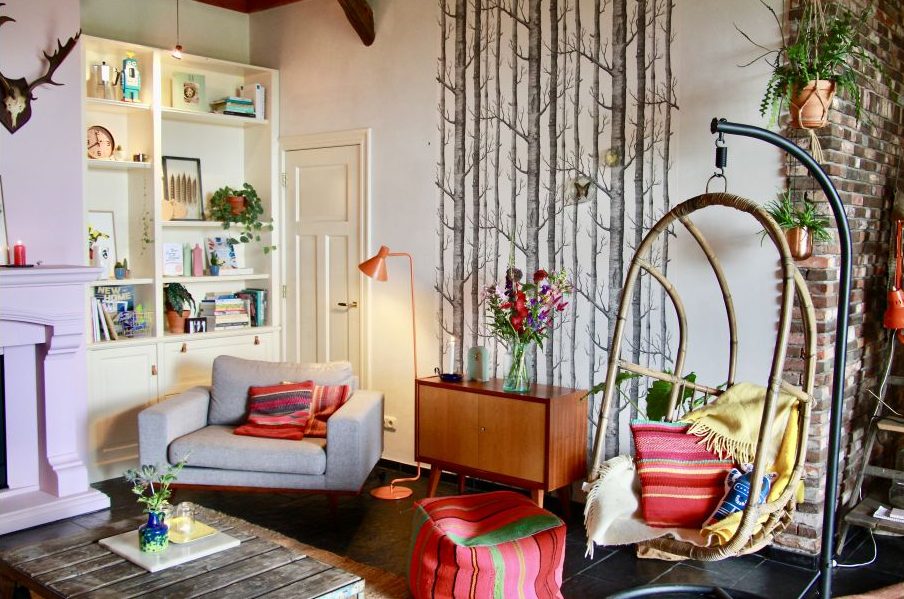
2. Modern Dutch Design
Modern Dutch decor is all about clean lines and practical designs. Minimalism reigns supreme, with a focus on essential, functional pieces that do not sacrifice comfort.
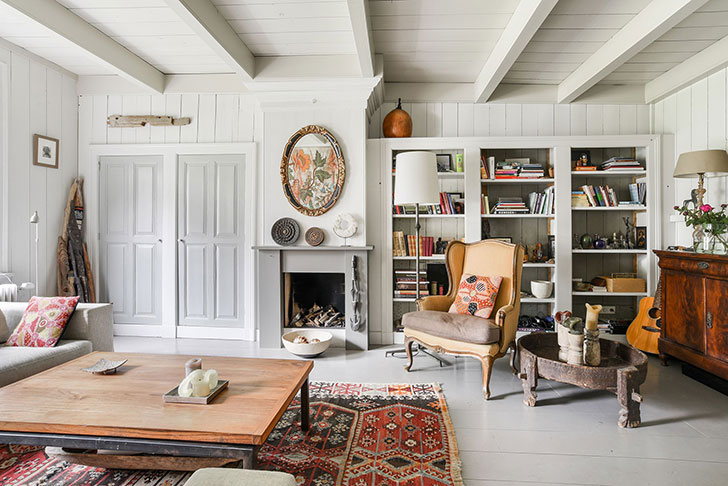
3. Scandinavian Influence
Scandinavian design has significantly influenced Dutch interiors. Expect light wood, muted colors, and an abundance of textiles that create a cozy atmosphere.
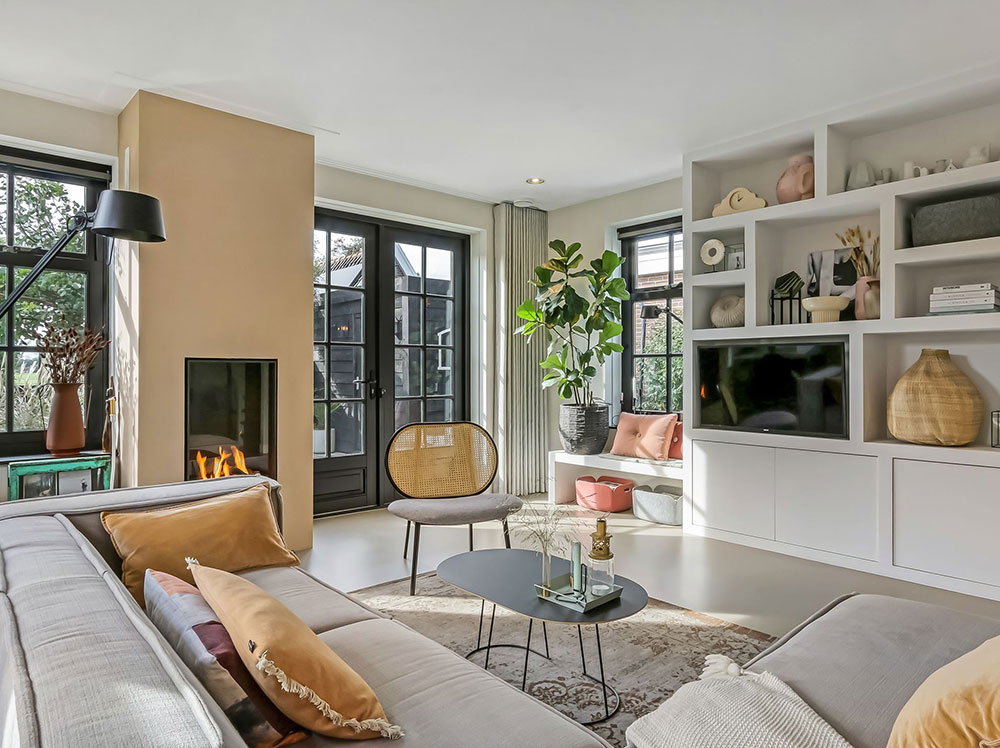
Essential Elements of Dutch Home Decor
Colors and Textures
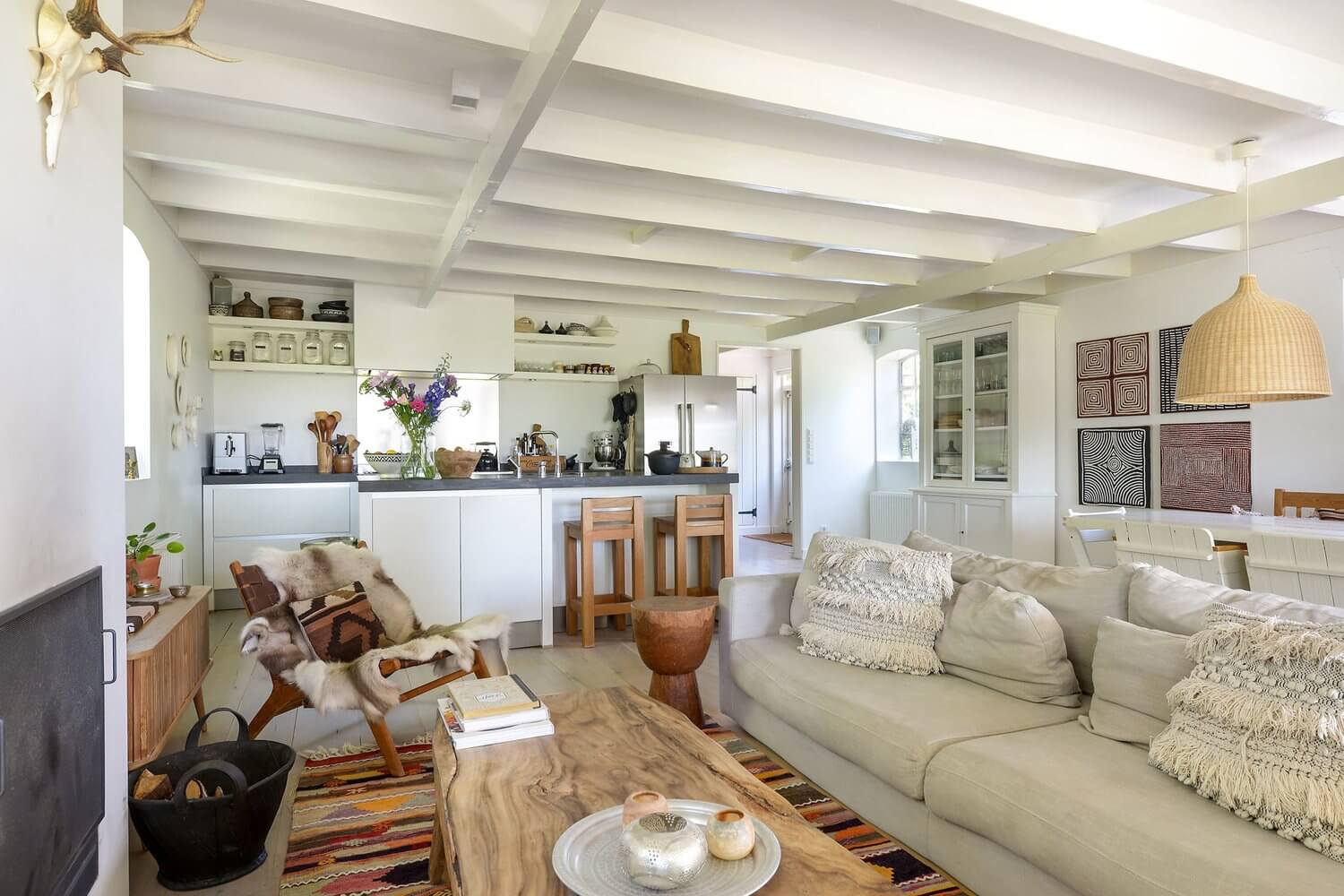
When it comes to colors, the Dutch often favor muted tones. A palette of soft creams, gentle greys, and earthy hues creates a serene environment. To add vibrancy, you can incorporate bold colors through accents like cushions, artwork, or decorative vases.
Comparison Table of Color Palettes
| Style | Primary Colors | Accent Colors |
|---|---|---|
| Traditional Dutch | Warm neutrals, deep blues | Rich reds, golds |
| Modern Dutch | Soft whites, greys | Bright yellows, teal |
| Scandinavian | Light wood, pastels | Bold primary colors |
Furniture Selection
In Dutch home decor, furniture serves both aesthetic and functional purposes. Look for pieces that are durable yet stylish, such as:
- Sofa Beds: Perfect for maximizing space.
- Modular Shelving: Great for displaying decor and storing essentials.
- Dining Tables: Often large and inviting, encouraging social gatherings.
Textiles and Patterns
Textiles play a crucial role in adding warmth and personality to a space. Consider incorporating:
- Cotton and Linen Fabrics: Ideal for curtains, tablecloths, and cushion covers.
- Traditional Dutch Patterns: Delft blue ceramics and floral prints can add a touch of heritage.
How to Decorate Your Home in Dutch Style
Step-by-Step Guide
Transforming your home into a Dutch-inspired sanctuary can be a delightful experience. Here’s a step-by-step guide to help you get started:
Step 1: Declutter Your Space
Before introducing new decor, start by decluttering. This will create a clean canvas to work with.
Step 2: Choose a Color Palette
Select a neutral base for walls and larger furniture pieces, then choose accent colors for smaller decor items.
Step 3: Invest in Quality Furniture
Opt for timeless pieces that blend modern and traditional elements. Comfort should never be compromised!
Step 4: Layer Textiles
Use various textiles to add depth. Think rugs, curtains, and cushions that bring warmth and coziness.
Step 5: Add Decorative Accents
Incorporate decor items that reflect Dutch culture, such as ceramic vases or artwork depicting Dutch landscapes.
Pros and Cons of Dutch Home Decor
Like any design style, Dutch home decor has its advantages and disadvantages. Here’s a concise overview:
Pros
- Timelessness: The combination of traditional and modern elements ensures lasting appeal.
- Comfort: Prioritizing comfort makes homes feel welcoming.
- Functional Design: Maximizes space with practical furniture choices.
Cons
- Cost: Quality furniture and decor can be an investment.
- Maintenance: Some natural materials require regular care to keep them looking fresh.
- Limited Vibrancy: The subdued color palette may not appeal to those who prefer bold, vibrant spaces.
Frequently Asked Questions (FAQs)
What is Dutch design known for?
Dutch design is known for its innovative approach, combining functionality with aesthetic appeal. It often features clean lines, minimalist aesthetics, and a focus on sustainable materials.
How can I incorporate Dutch decor in a small space?
Utilize multifunctional furniture, choose a light color palette, and employ vertical spaces for storing and displaying items to maximize small areas effectively.
Are there specific Dutch decor trends to consider for 2024?
2024 is seeing a rise in sustainable design practices, organic shapes, and earthy colors as key trends in Dutch home decor.
Can I mix Dutch decor with other styles?
Absolutely! Dutch decor’s versatility allows it to blend seamlessly with Scandinavian, industrial, or even bohemian styles.
Conclusion
In conclusion, embracing Dutch home decor can profoundly transform your living space into a warm, inviting, and stylish sanctuary. With its emphasis on comfort, functionality, and timeless design, it promises to create a home that’s not just beautiful but also livable. From personal experiences to practical tips, I hope this guide has inspired you to infuse your home with the enchanting charm of Dutch design.
Happy decorating!